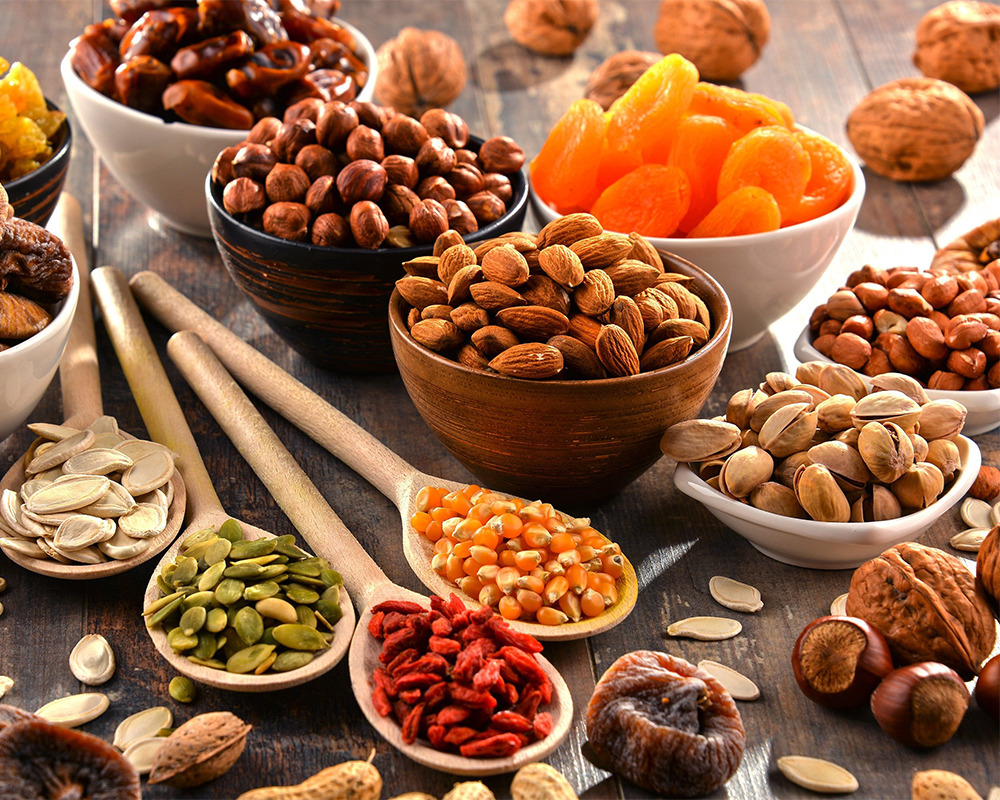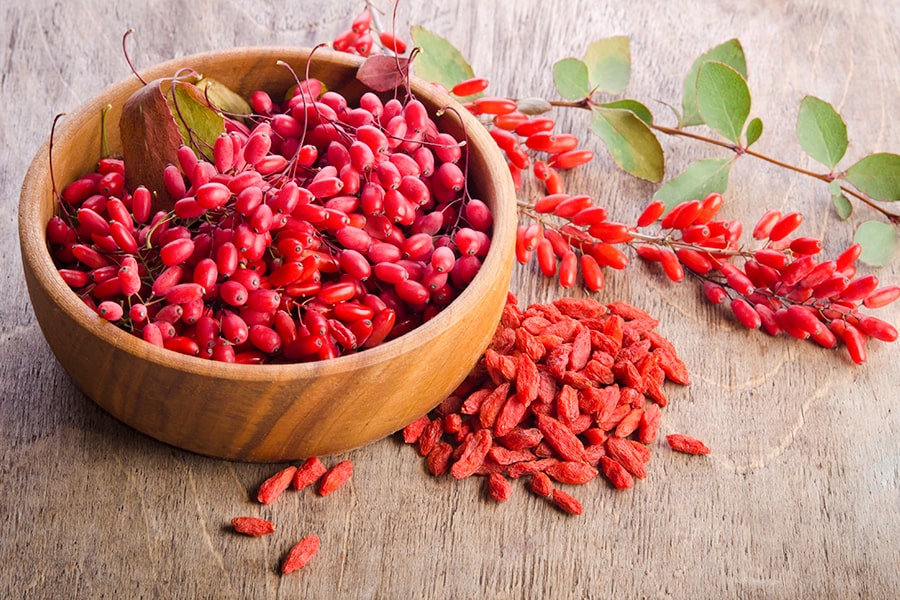
Dried Fruit

Barberry
Description
Common barberry grows naturally in many parts of Asia and Europe. The fruit of this plant contains high vitamin C and has a sour taste, and in the past, it was widely used as a food in Europe. Today, this fruit is mainly consumed only in Iran and in Iranian cuisine and in the preparation of dishes such as barberry. In Eastern Europe and Russia, barberry is used in the preparation of some jams, drinks, candies and sweets.
The box-leaf barberry and Darwin barberry species are native to Patagonia and are used in Argentina and Chile to prepare jam. Zarshek is the name of a genus of the Zarshekian family. This genus has many species of deciduous and evergreen plants. Barberries are generally thorny shrubs 1 to 5 meters long.

Larvae of some butterflies, including willows, are pests of barberry. Different species of barberry can infect wheat fields and other grains with plant fungal diseases, including wheat rust. Species such as common barberry and Canadian barberry are among the plants that accept rust fungus. For this reason, the planting of species such as common barberry has been banned in many parts of the world.
Importation of this species of barberry is also prohibited throughout the United States. Some other species of barberry, such as ornamental barberry and Darwin's barberry, have become an invasive species in some areas such as New Zealand. Japanese barberry has become an invasive species in 32 US states. Iran is the largest producer of barberry in the world, and South Khorasan province owns nearly 97% of the cultivated land of this product and produces 95% of the world's barberry. The cities of Zirkoh and Qaenat are the main centers of its production.
Common barberry dried fruits are used in herbal medicine. This plant contains isoquinoline alkaloids such as berberine. In 2014, in a study in Iran, a list of phytochemicals in common barberry was identified and published. So far, the safety of berberine therapeutic use has not been confirmed by valid scientific research and through evidence-based medical methods. The substance berberine has a high potential in causing adverse drug effects and can interfere with the absorption and metabolism of prescription drugs and reduce the effect of the drugs used. The use of berberine as a medicine, especially in children, has been evaluated as unsafe. A study comparing the use of 500 mg of berberine (two to three times a day for 3 months) with the usual drug to control diabetes, metformin, has been conducted, which shows that berberine is able to control blood sugar and fat metabolism to the same extent as metformin. For this reason, researchers describe berberine as a strong oral hypoglycemic agent. Other studies show that berberine improves the metabolism of sugar and fat. Research published in Evidence-Based Complementary and Alternative Medicine shows that berberine can improve insulin sensitivity by regulating adipokine secretion.
Request